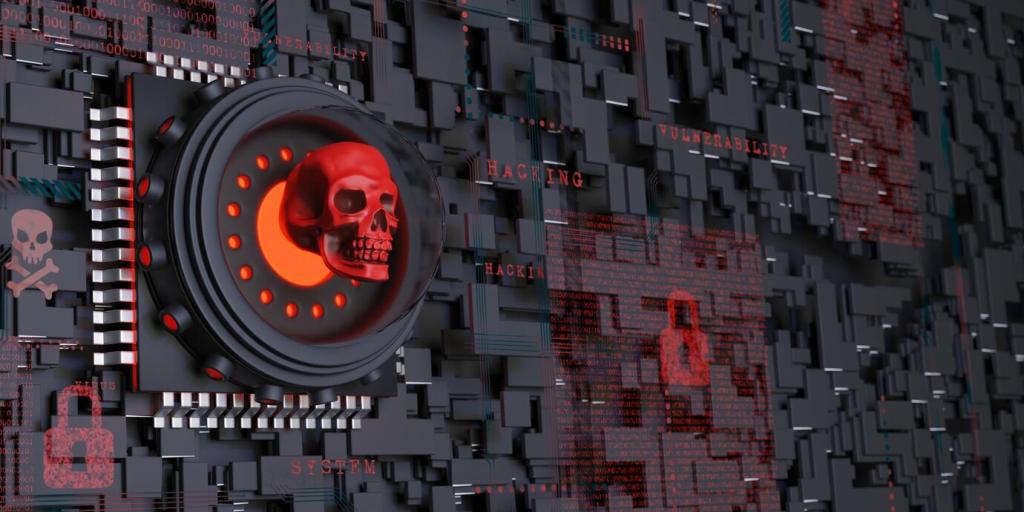Operating Systems and System Internals Mastery
Harden and break your own Linux boxes. Explore capabilities, SELinux contexts, and journald trails. A simple cron misconfiguration once led to privilege escalation during a red team—because a backup script ran as root. Which Linux artifact saved your last assessment?
Operating Systems and System Internals Mastery
Ethical hackers thrive by understanding Windows logons, tokens, and Active Directory trust paths. Kerberoasting is not magic; it is mechanics. Document ticket lifecycles, log channels, and PowerShell constraints. What AD enumeration checklist keeps you disciplined and lawful?

